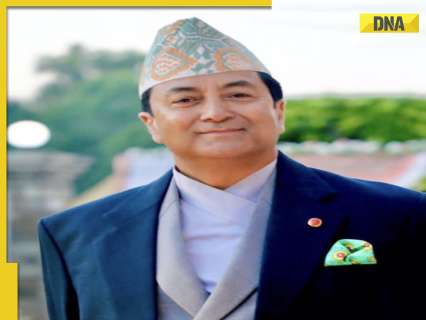
This relationship, built on centuries of shared history, cultural ties and mutual respect, is a source of immense pride for both nations
As a retired senior officer of the Nepali Army, I have witnessed firsthand the evolution of one of the most unique and enduring military relationships in the world – the bond between the Indian Army and the Nepali Army. This relationship, built on centuries of shared history, cultural ties and mutual respect, is a source of immense pride for both nations as it is a bond that transcends politics and geography. Moreover, when global shift is entrenched in South Asia; the need to build up traditional, cultural linkages, in addition to reinforcing the prevailing political – economic diplomacy with India, is necessary. Military diplomacy is one that is reliable and tested strategic development which emphasizes Nepal’s national interest, which will contribute to regional stability.
A Shared History of Brotherhood
The roots of the partnership between our two armies date back to the early 19th century, during the Anglo-Nepalese War (1814–1816). After the Treaty of Sugauli, brave Nepali soldiers, known as Gorkhas, began serving in the British East India Company. This legacy continued even after India gained independence in 1947, with the Gorkha regiments being integrated into the Indian Army as part of a tripartite agreement between India, Nepal and Britain. As a Nepali officer, I have always admired the respect and recognition that the Gorkhas have earned in the Indian Army.
Honorary Titles: A Unique Tradition of Mutual Respect
One of the most cherished traditions between the Indian and Nepali Armies is the exchange of honorary titles. Since 1950, the Chiefs of our two armies have been conferred the honorary rank of General of the other’s army. This tradition is not merely symbolic; it reflects the deep respect and fraternity that our armed forces share.
Recently, this proud tradition continued when General UpendraDwivedi, Chief of the Indian Army, was conferred the honorary rank of General of the Nepali Army by our Hon’ble President, Ram Chandra Paudel. This ceremony, held at the Rashtrapati Bhawan in Kathmandu, was a moment of pride for all Nepali soldiers, past and present. Similarly, our Army Chief, General Ashok Raj Sigdel, has been invited to visit India to receive the honorary rank of General of the Indian Army by Hon’ble President of India, Smt Droupadi Murmu.
Gurkhas: The Backbone of Our Partnership
As a former Nepali officer, I can vouch that the Indian Army and India as a nation, have never distinguished between the sons from the East or West of Sugauli. Gorkhas’ reputation for loyalty, courage and discipline is unparalleled.Today, nearly 22,000 Nepal Domiciled Gurkhas serve in the Indian Army, playing key roles in various operations to include United Nations peacekeeping missions.
The profound response to the ESM Rally conducted at Pokhara by the Indian Army Chief was a big emotional connect where we saw the security barriers between the chief and the Veterans crumble due to emotional connect from both sides: at one point of time all were as one before photographers could identify Chief amongst the veterans.
Joint Training and Military Exercises
Our military partnership extends far beyond tradition. It is rooted in practical cooperation, particularly in training and joint exercises. The “Surya Kiran” exercise, held annually, is a prime example. Additionally, the Indian Army provides training opportunities for Nepali officers at some of its most prestigious institutions, such as the Indian Military Academy And Defence Services Staff College to name a few.
Cultural and People-to-People Ties
The open border policy between India and Nepal is a unique feature of our relationship, allowing the free movement of people and goods. This policy has fostered strong interpersonal connections, with many Nepali families having relatives who have served in the Indian Army. Retired Gorkha soldiers play a vital role in Nepal’s society, contributing to development through pensions and welfare initiatives.
Conclusion
As a retired officer of the Nepali Army, I have always believed that the relationship between our two armies is a model of bilateral cooperation.The Indian and Nepali Armies are not just allies; they are brothers in arms, working together to build a future of peace, security and prosperity for both nations. Nepal’s destiny should be strategically conceptualized, master planned and coordinated with strategic anticipation compared to a directional less approach.
The author, Major General Binoj Basnyat (Retired), Nepali Army, is a Strategic Analyst associated with Rangsit University, Thailand. He is devotedly involved in advising, writing, editing and participating in intellectual capacity. He likes Strategic thinking. His focus is in Geo-political and National Security issues.
(Disclaimer: The views expressed above are the author’s own and do not reflect those of DNA)
